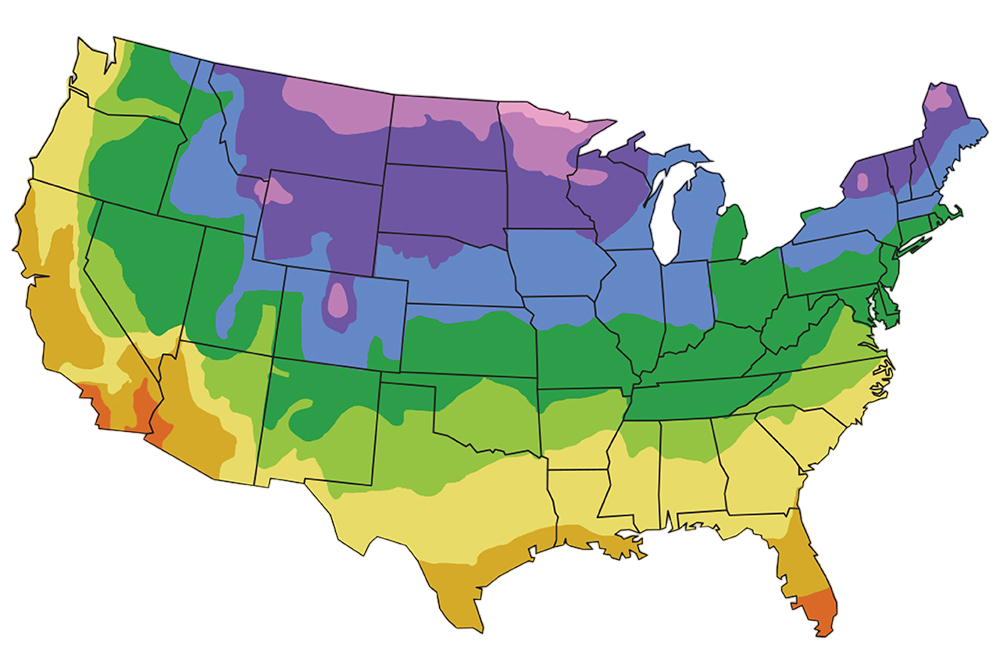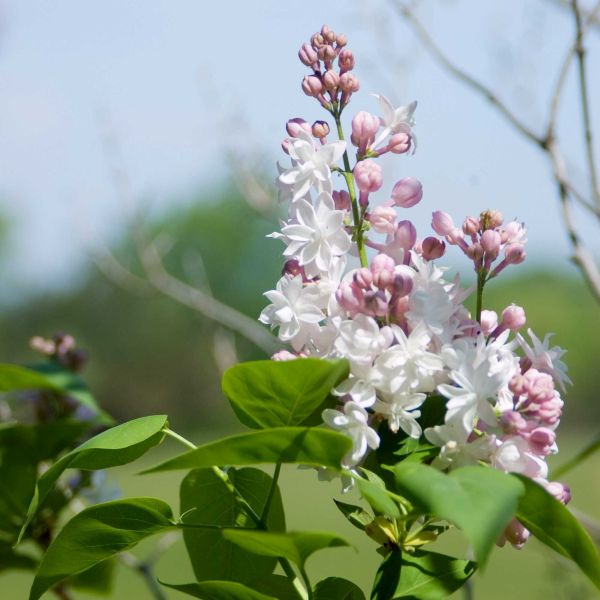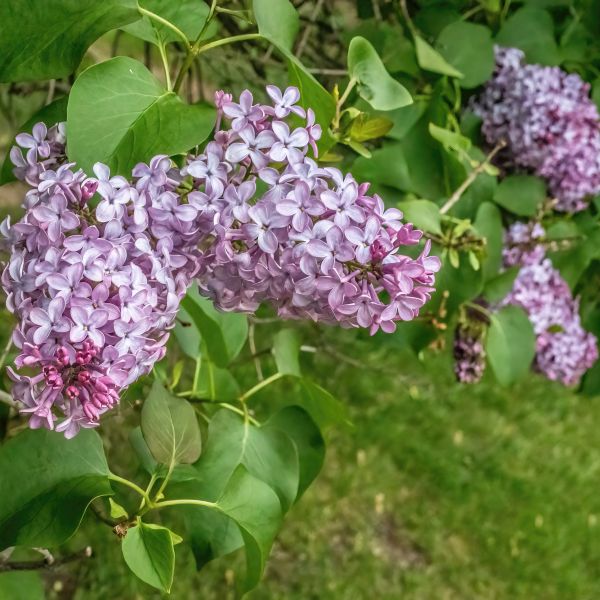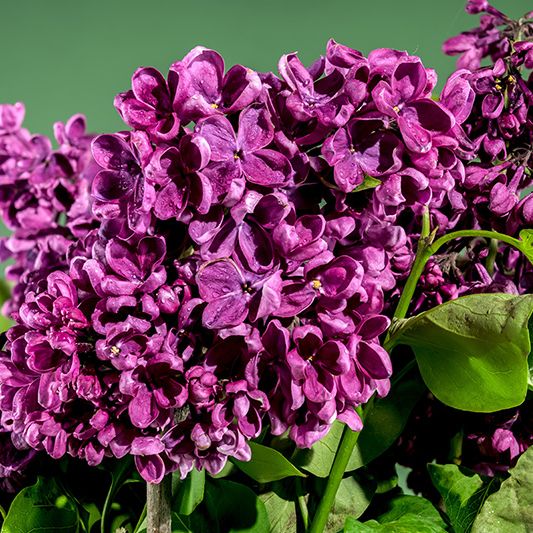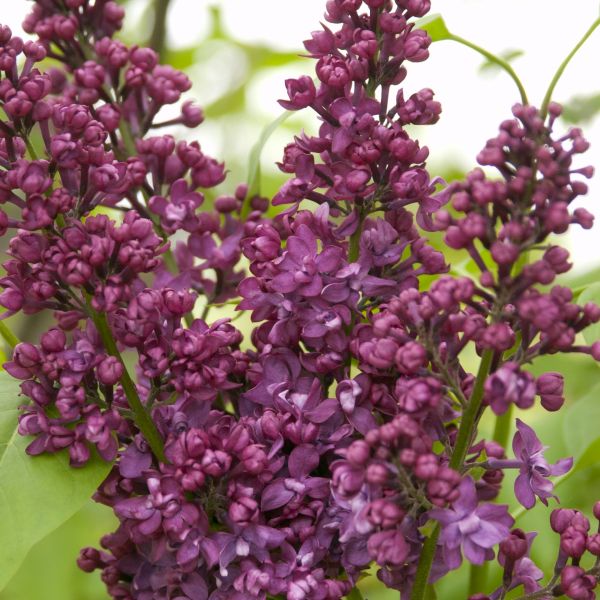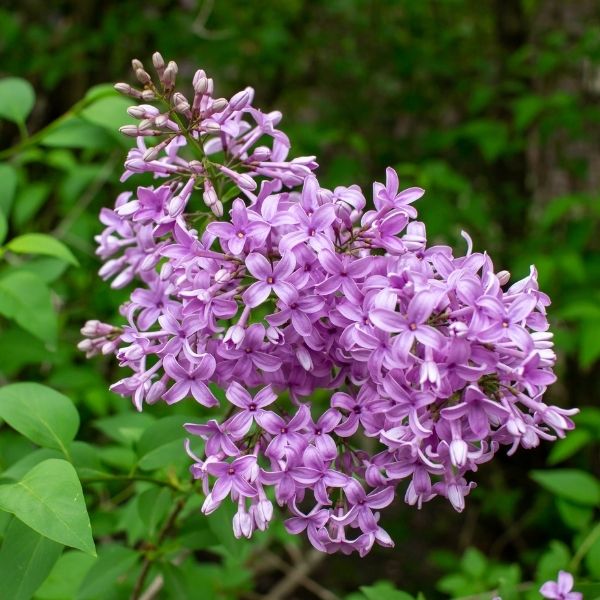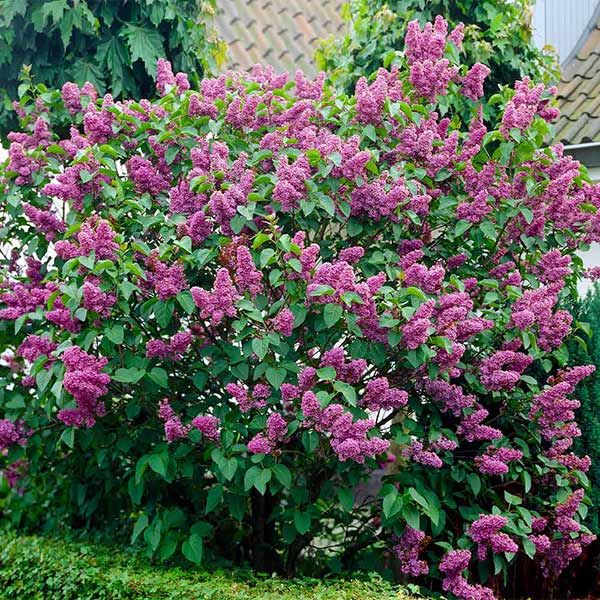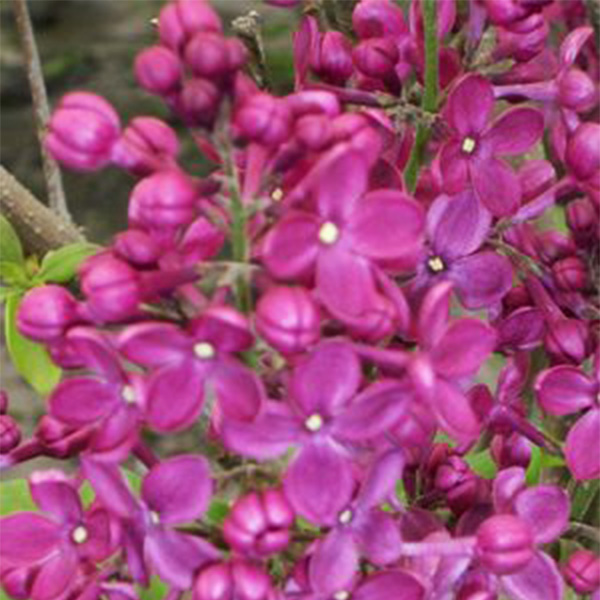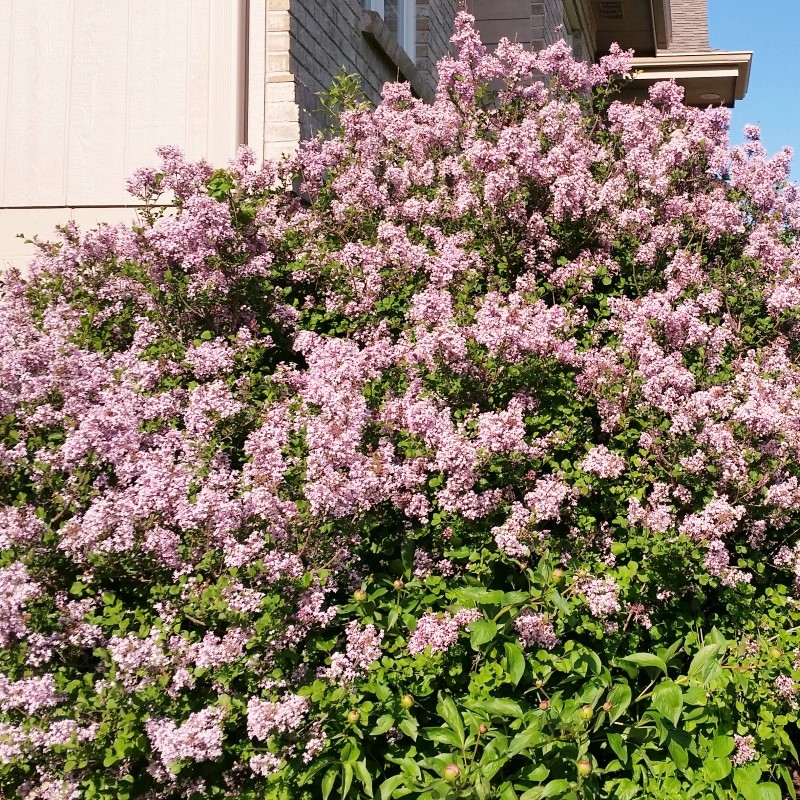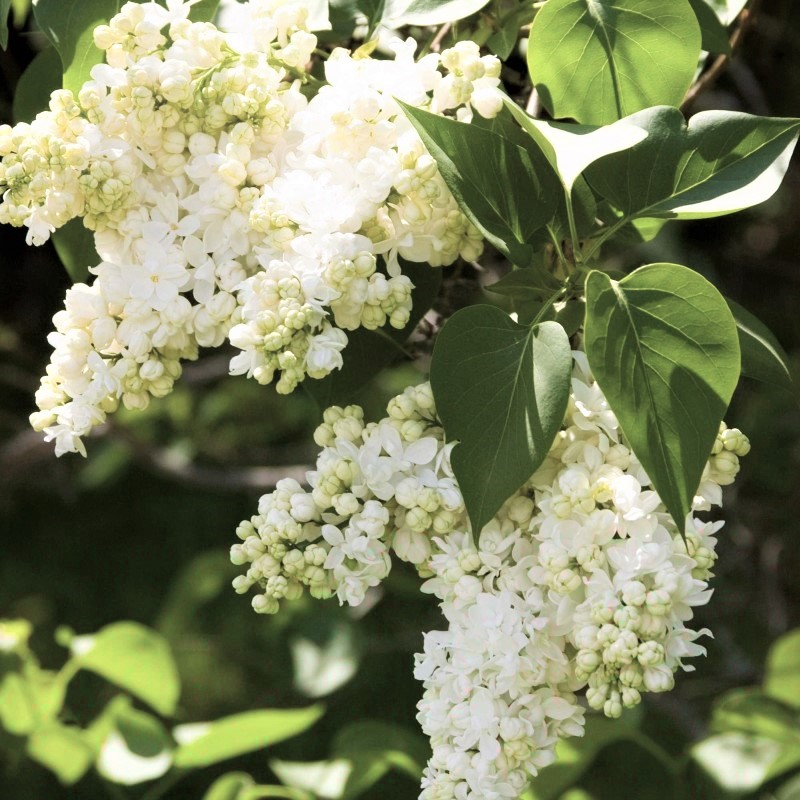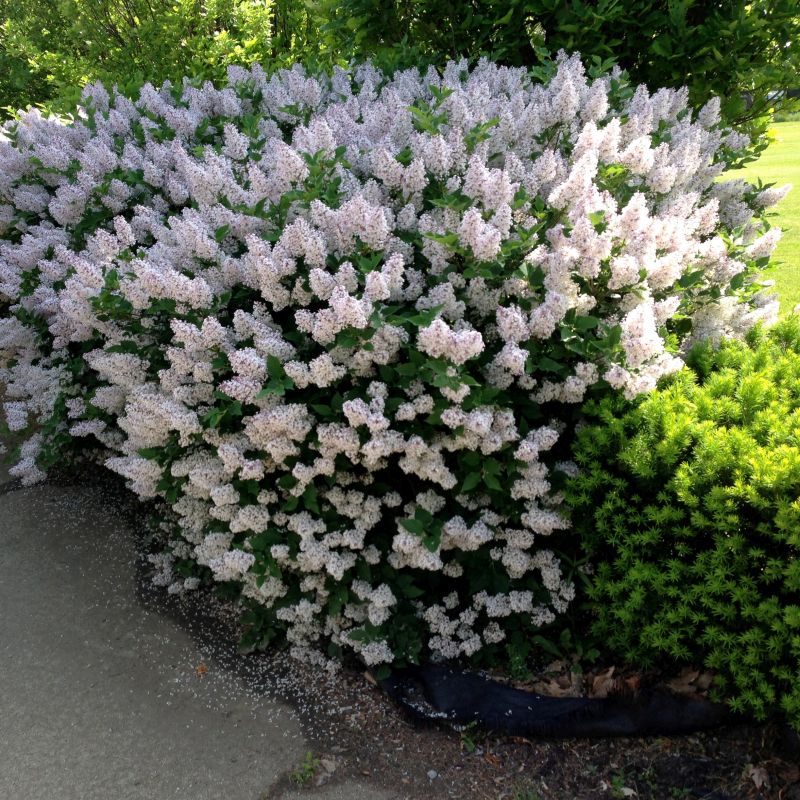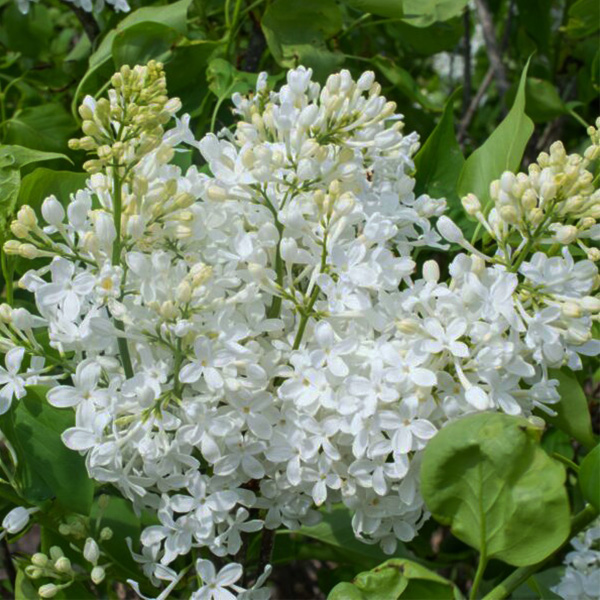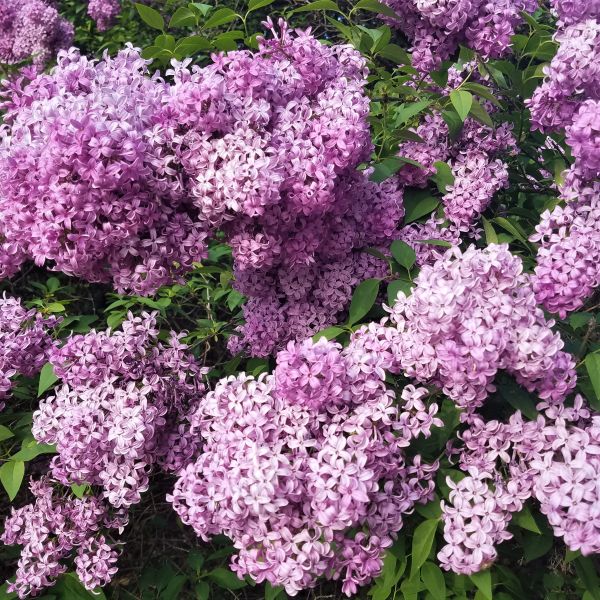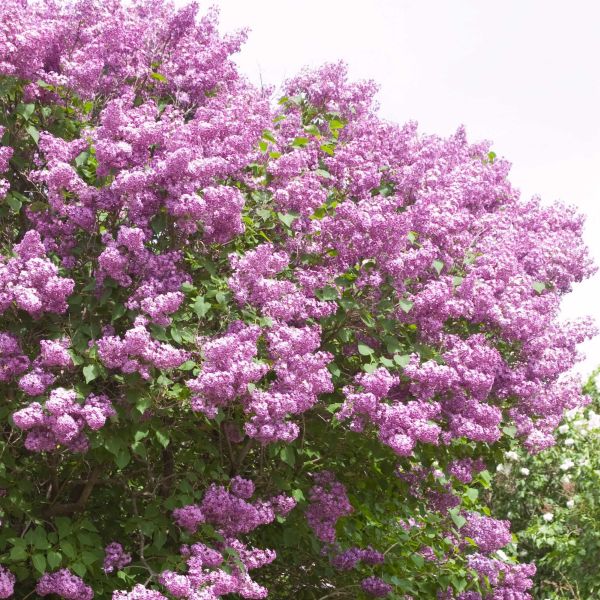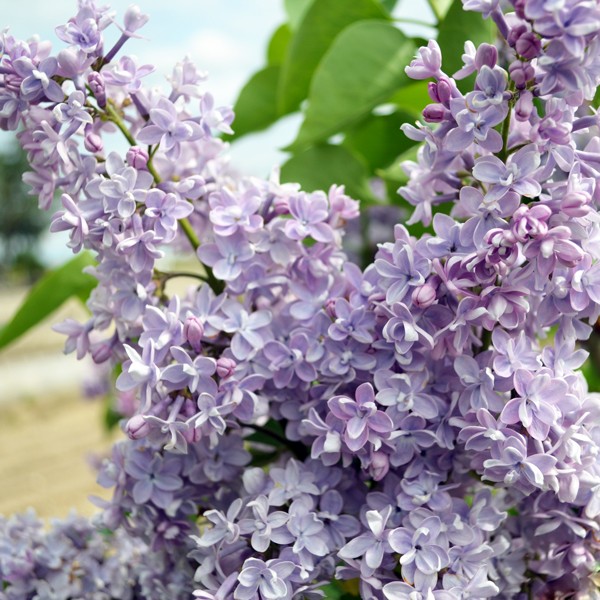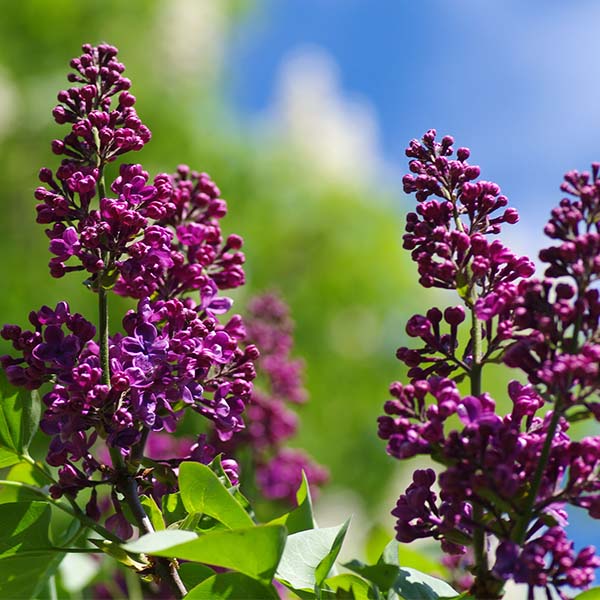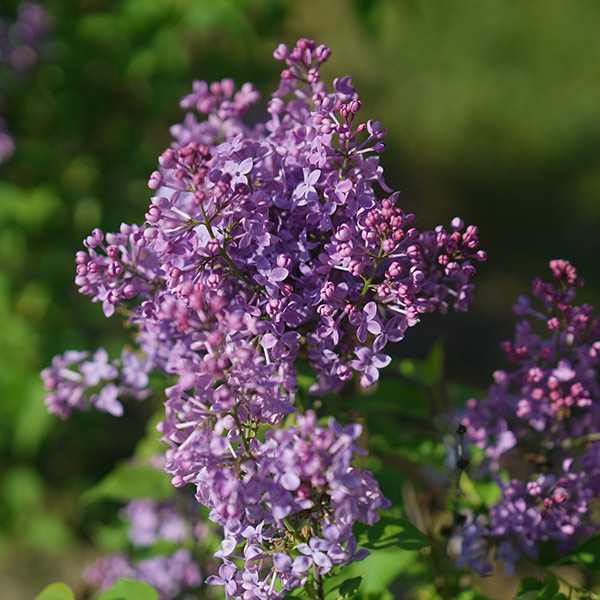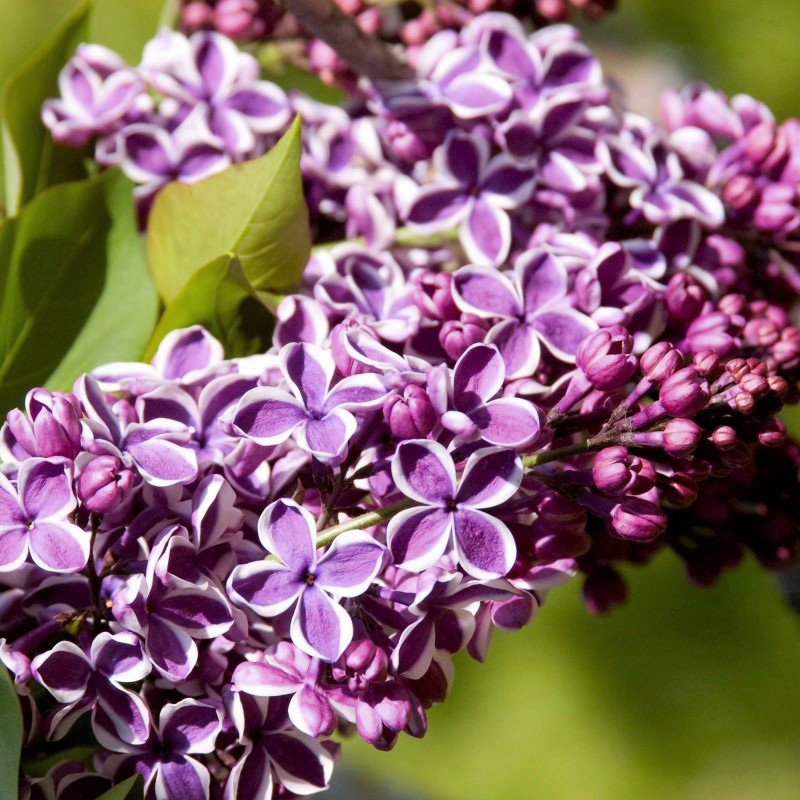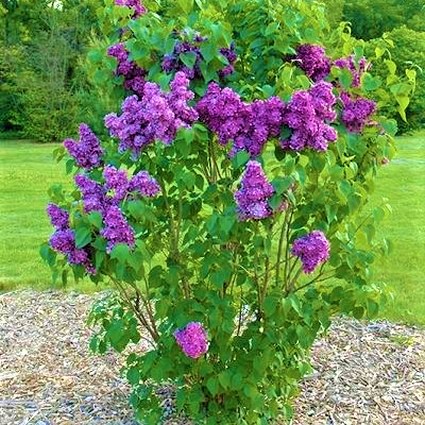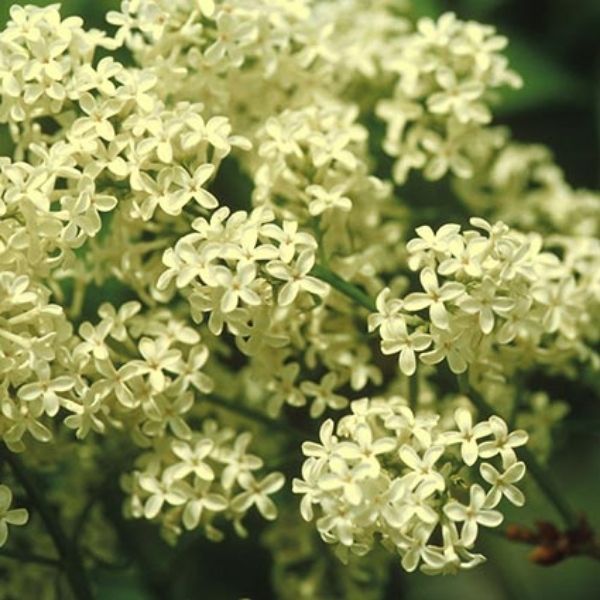

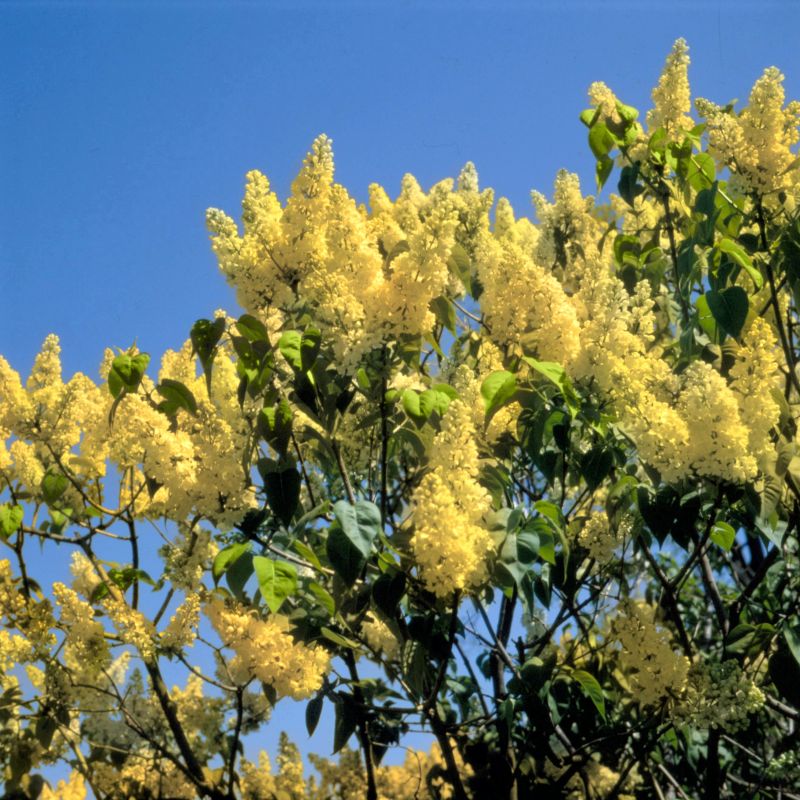
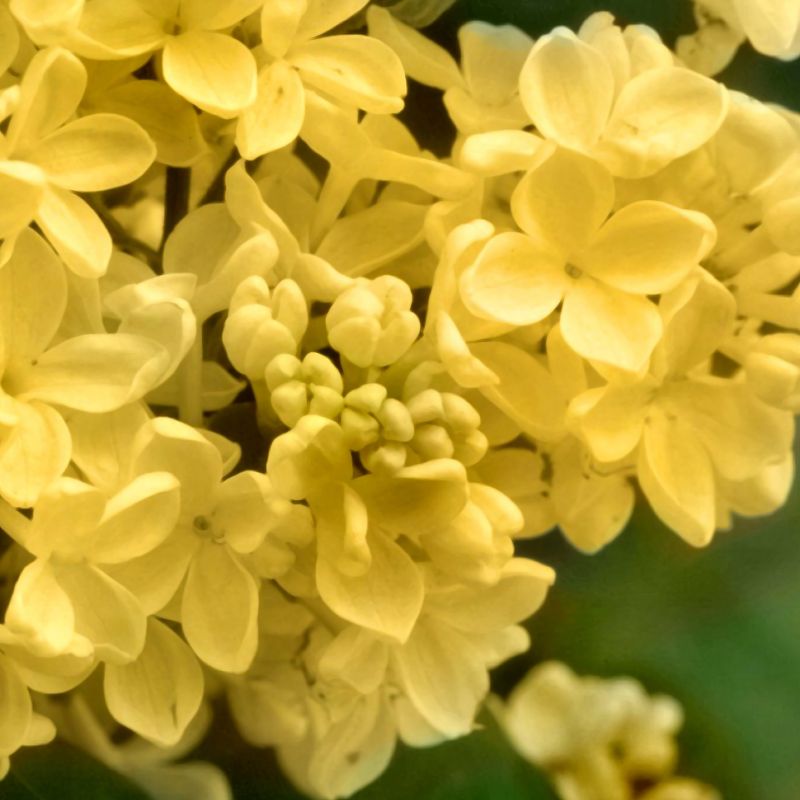
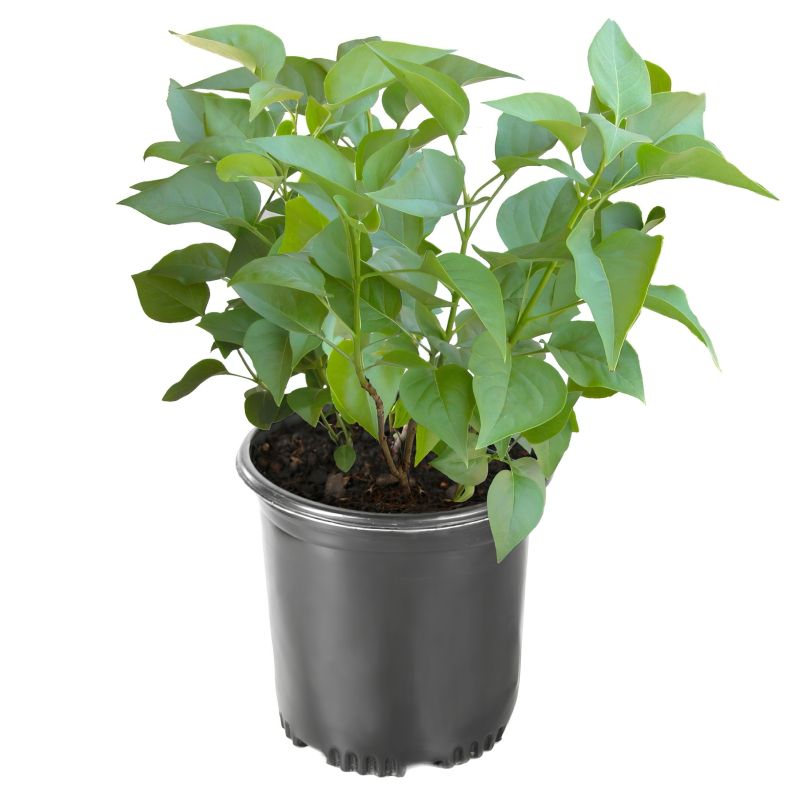
Syringa Primrose
Syringa vulgaris Primrose
17 reviews
Syringa Primrose
Syringa vulgaris Primrose
17 reviews
- Fragrant blooms that attract pollinators
- Tolerant of different soil types and pH levels
- Easy to care for and low maintenance
- Recommended by landscape designers for optimal fit in real yards
$54.00
$78.00
30% Off
- Ships to 43215 in 3-5 Days
- Free Shipping Over $150
- Plant Arrival Guarantee
- In Stock
- Free Plant Consult
$200 - Landscape-Approved: Every Plant We Sell Comes With Design Expertise Behind It
2.5 Qt.
We are sorry, product is currently out of stock due to seasonal availability. Please check the "Related plants available in your area" section below
Not just beautiful - intentionally selected by ShrubHub's 3D landscape design team to fit real-world spaces and maximize yard potential.
Why Syringa Primrose?
Syringa vulgaris Primrose is a stunning variety of lilac with delicate pale yellow flowers that add a unique touch to any garden. This deciduous shrub blooms in late spring to early summer, attracting butterflies and bees with its sweet fragrance. Easy to grow and low maintenance, Syringa Primrose makes a beautiful addition to any landscape with its charming and elegant appearance.
Related plants available in your area
Sunlight
Syringa Primrose requires full sunlight to thrive, ideally receiving at least 6-8 hours of direct sunlight per day. Insufficient sunlight can lead to reduced flowering and overall poor growth. Plant in a location with ample sunlight for best results.
Watering
Syringa Primrose, a variety of lilac, requires regular watering to keep the soil evenly moist. It is important to avoid overwatering, as this can lead to root rot. Water deeply once or twice a week, depending on weather conditions, to promote healthy growt
Fertilizing
Syringa Primrose plants benefit from a balanced fertilizer with a higher phosphorus content, such as a 10-10-10 or 5-10-5 formula. Fertilize in early spring before new growth begins and again in mid to late summer after blooming. Avoid fertilizing in the f
Syringa Primrose (Syringa vulgaris Primrose)
The Syringa Primrose, scientifically known as Syringa vulgaris Primrose, is a stunning variety of Lilac bush that produces clusters of fragrant, pale yellow flowers in the spring. The Primrose Lilac is a deciduous shrub with dark green, heart-shaped leaves that provide a beautiful backdrop for its showy blooms.
This Lilac bush is easy to grow and thrives in full sun to partial shade, making it a versatile addition to any garden or landscape. It is known for its strong fragrance, attracting butterflies and pollinators to your garden.
The Syringa Primrose can grow up to 8-10 feet in height and spread, making it ideal for hedging, borders, or as a standalone specimen plant. It is low maintenance and drought tolerant once established, making it a great choice for both novice and experienced gardeners.
Add a touch of elegance and fragrance to your outdoor space with the Syringa Primrose, a beautiful and versatile shrub that will delight your senses.
Plant Information:
| Botanical Name: | Syringa vulgaris Primrose |
| USDA Zones: | 3 - 7 |
| Mature Height: | 10 FT |
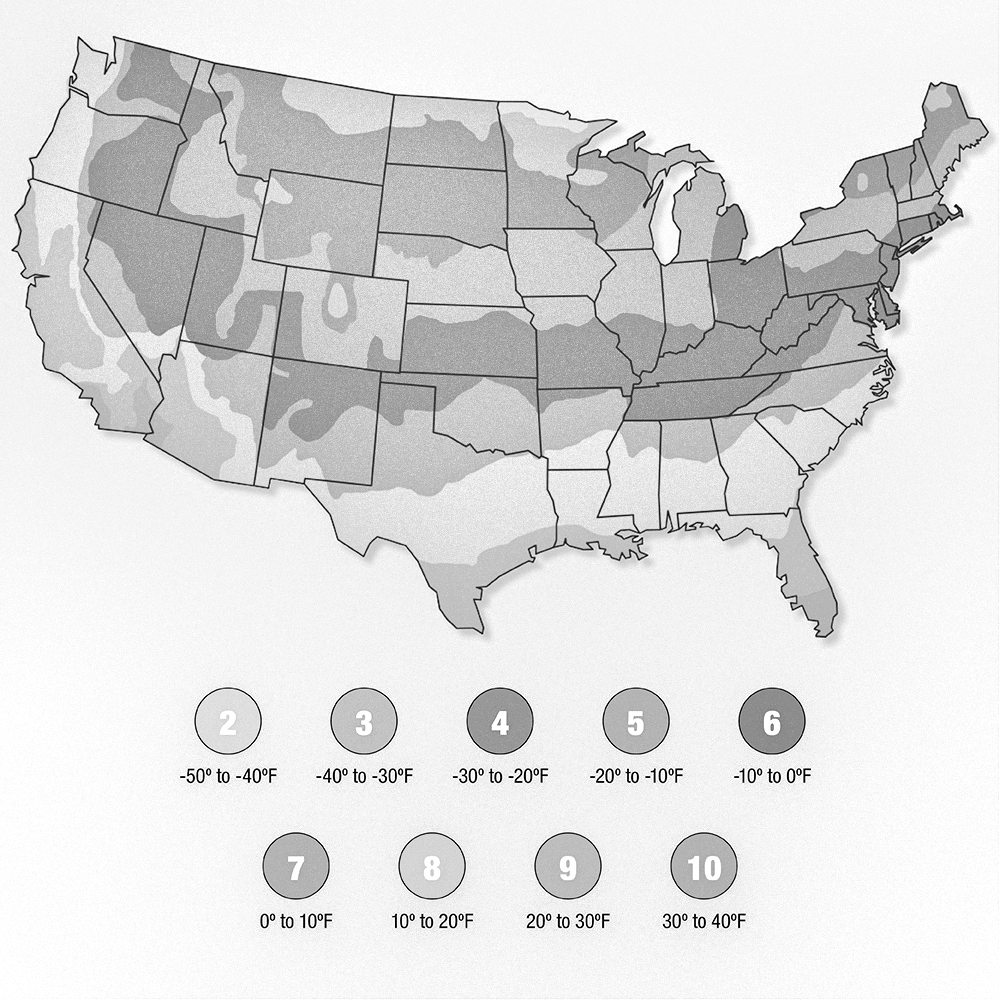

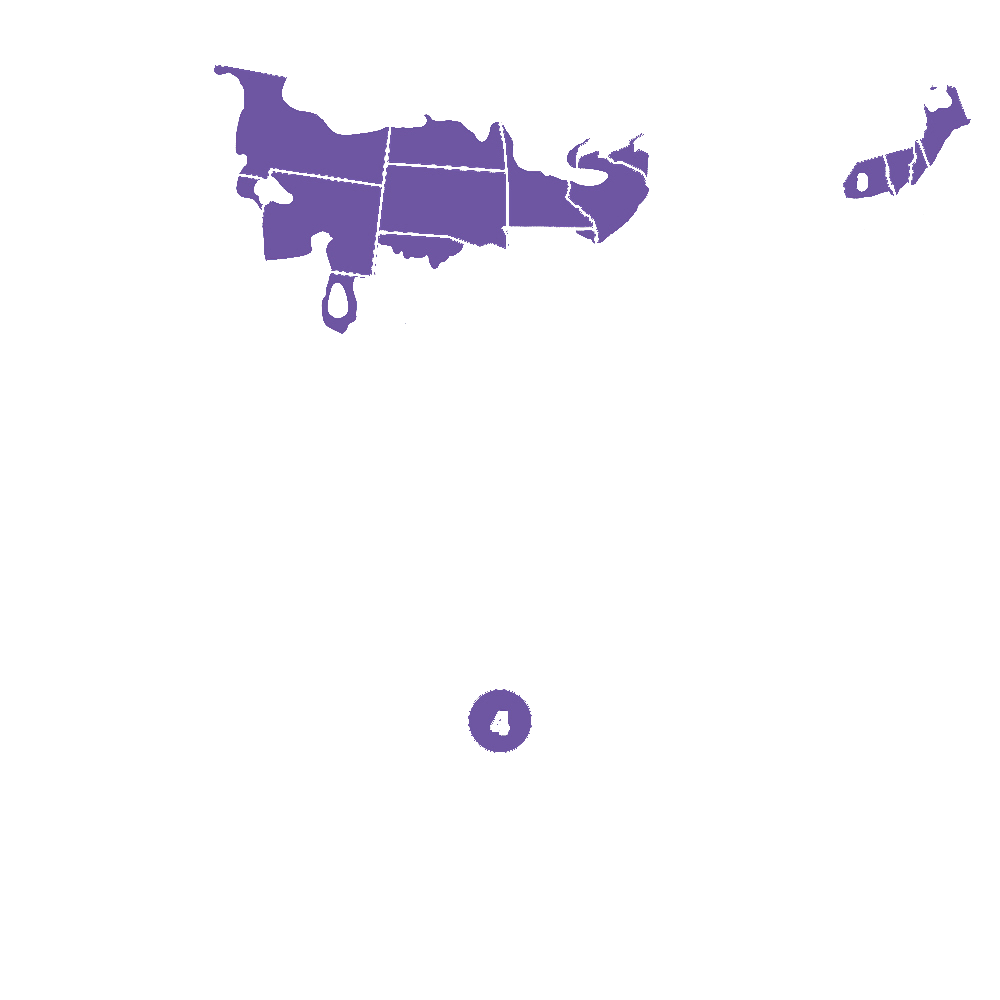
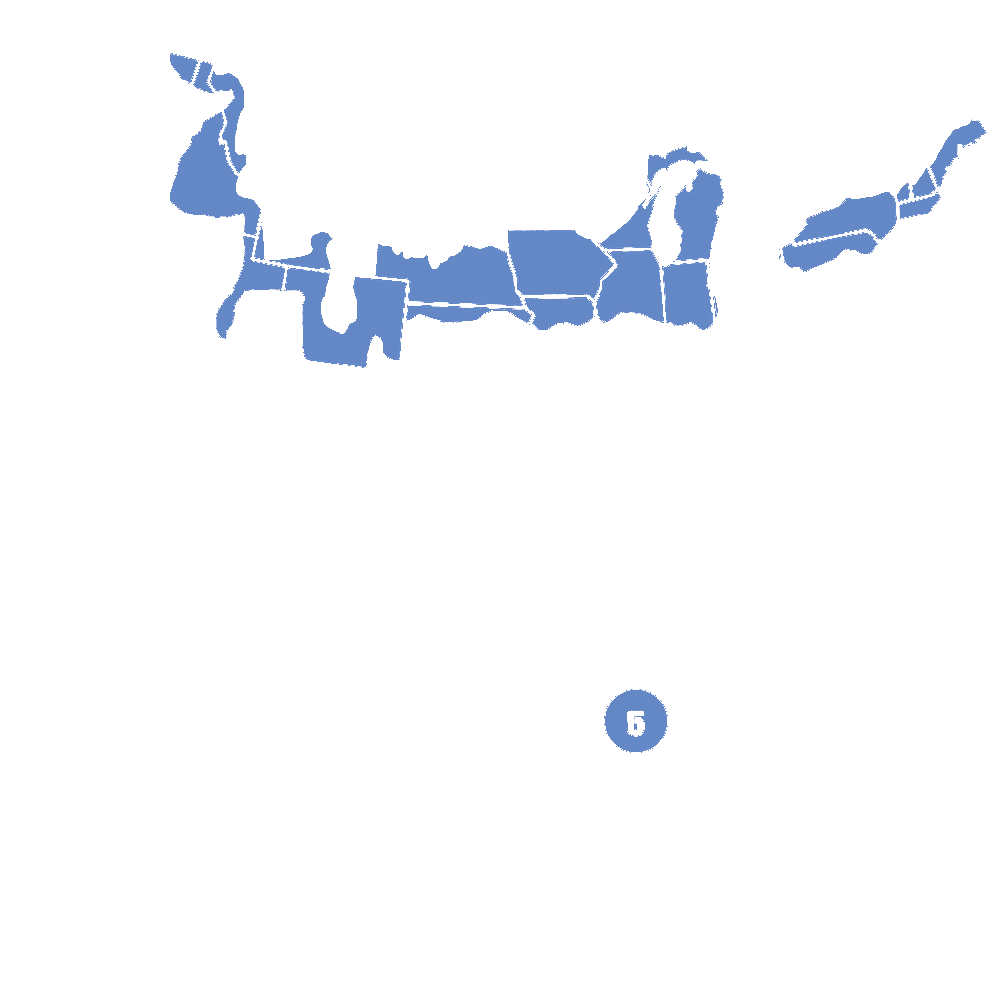
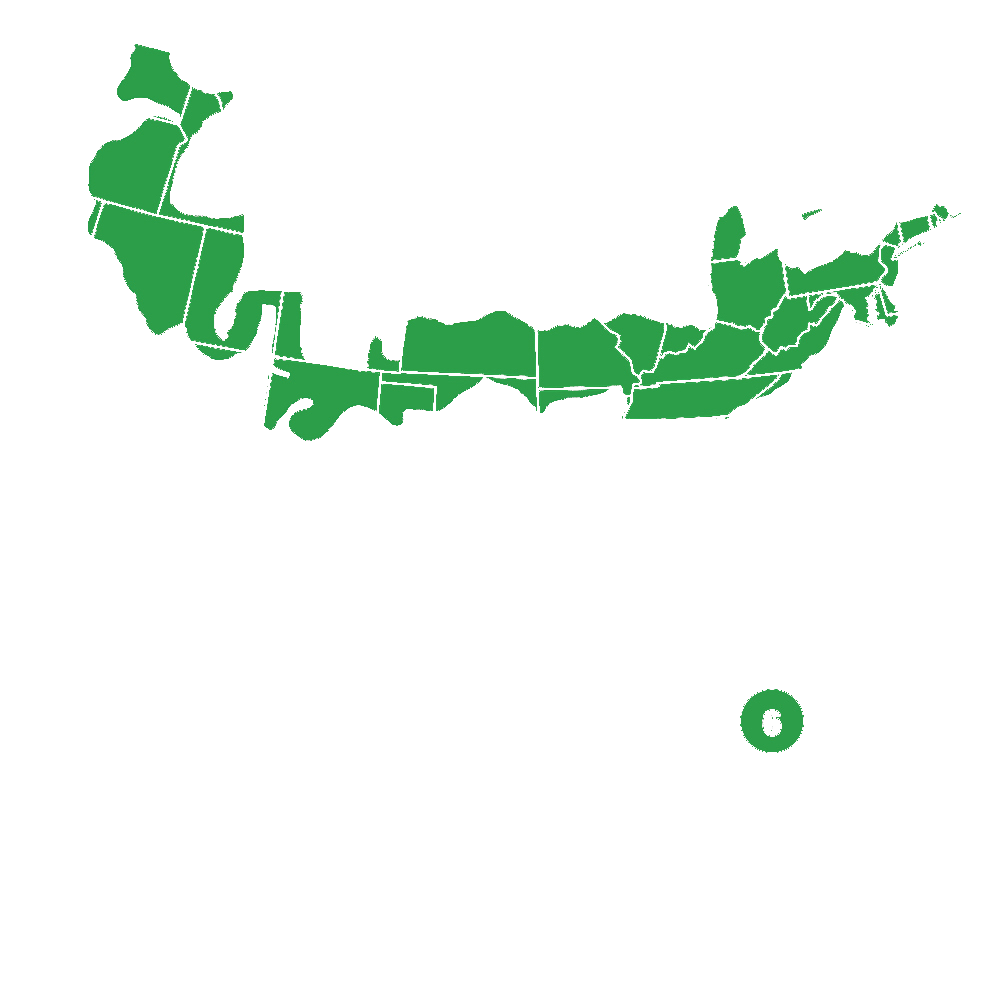

Pollination Info
Syringa vulgaris Primrose Pollination Info
Syringa vulgaris Primrose, commonly known as Primrose Lilac, is a deciduous shrub known for its fragrant, pale yellow flowers in the spring. Understanding pollination is essential for the successful reproduction of this plant.
Pollination Method:
Syringa vulgaris Primrose is primarily pollinated by bees, particularly honeybees and bumblebees. These insects are attracted to the sweet nectar produced by the flowers and inadvertently transfer pollen from one flower to another as they feed.
Cross-Pollination:
Primrose Lilac plants can self-pollinate, but cross-pollination between different plants can result in more vigorous growth and higher seed production. Bees play a crucial role in facilitating cross-pollination by carrying pollen between different plants.
Pollination Season:
The pollination season for Syringa vulgaris Primrose typically occurs in the spring when the flowers are in bloom. Bees are most active during this time and help ensure the successful pollination of the plant.
Importance of Pollination:
Pollination is essential for the reproduction of Syringa vulgaris Primrose, as it allows for the transfer of pollen needed to fertilize the ovules and produce seeds. Without pollination, the plant would not be able to produce fruit or seeds for future generations.
FAQ
FAQ for Syringa Primrose
What is Syringa vulgaris Primrose?
Syringa vulgaris Primrose is a variety of common lilac known for its beautiful light yellow flowers.
How tall does Syringa Primrose grow?
Syringa Primrose can grow up to 8-12 feet tall.
When does Syringa Primrose bloom?
Syringa Primrose blooms in late spring to early summer, usually in May or June.
How do I care for Syringa Primrose?
Make sure to plant Syringa Primrose in well-drained soil in a location that receives full sun. Water regularly, especially during dry periods. Prune after flowering to maintain shape and promote new growth.
Can Syringa Primrose grow in containers?
Yes, Syringa Primrose can be grown in containers, but make sure to use a large enough container and provide proper drainage for the plant.
Is Syringa Primrose deer-resistant?
While no plant is completely deer-proof, Syringa Primrose is known to be deer-resistant due to its strong fragrance.
Can I use Syringa Primrose for cut flowers?
Yes, the fragrant flowers of Syringa Primrose make excellent cut flowers for bouquets and floral arrangements.
Is Syringa Primrose drought-tolerant?
Syringa Primrose prefers consistently moist soil but can tolerate some drought once established. Make sure to water during dry periods to keep the plant healthy.
Planting & Care
Planting & Care for Syringa Primrose (Syringa vulgaris Primrose)
Syringa Primrose, also known as Syringa vulgaris Primrose, is a variety of lilac that produces beautiful pale yellow flowers. Here are some tips for planting and caring for Syringa Primrose:
Planting:
- Choose a spot in your garden that receives full sun to partial shade.
- Make sure the soil is well-drained and fertile.
- Dig a hole twice as wide and deep as the root ball of the plant.
- Place the plant in the hole and backfill with soil, gently patting it down to remove air pockets.
- Water the plant thoroughly after planting.
Care:
- Water regularly, especially during hot and dry periods.
- Apply a layer of mulch around the base of the plant to retain moisture and suppress weeds.
- Prune after flowering to shape the plant and remove any dead or diseased branches.
- Fertilize in early spring with a balanced fertilizer to promote healthy growth.
- Protect the plant from harsh winds and extreme temperatures.
With proper planting and care, your Syringa Primrose will thrive and reward you with its beautiful yellow blooms.
Check Out These Verified Customer Reviews:
Customer Reviews
4.7 out of 5 based on 17 reviews
Thank you! Your review has been submitted.
Beautiful and fragrant lilac bush. Arrived in great condition.
Beautiful and fragrant lilac. Arrived in perfect condition.
Lovely pastel color. Good quality plant. Very satisfied with purchase.
Item has been added to your cart.

